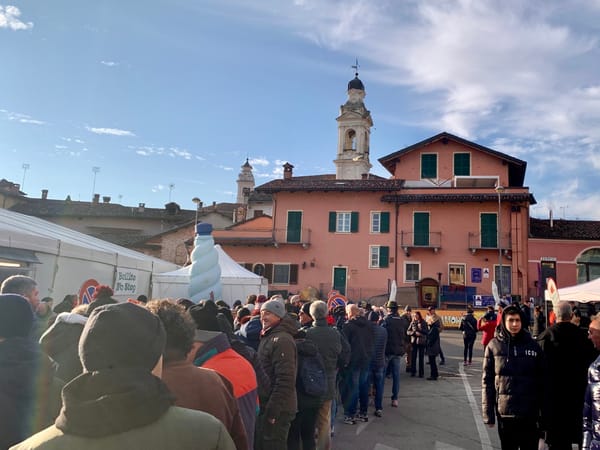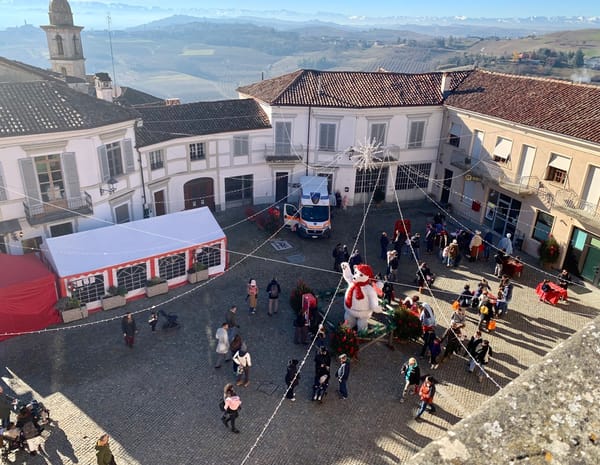6 Must-Try Piedmont Foods
These dishes will have you booking your next flight to Turin.
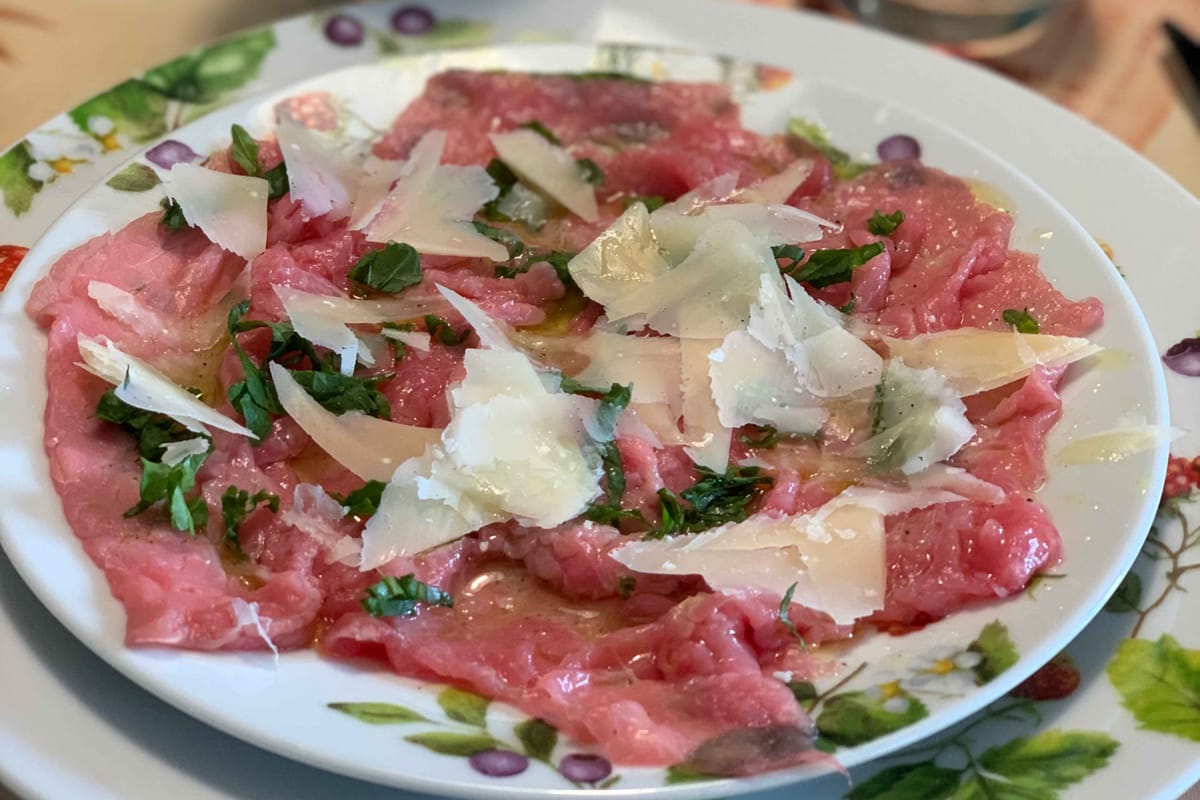
In Piedmont, food is inseparable from the land—in our family, people still forage for herbs in spring, mushrooms and chestnuts in autumn, and, for those in the know, truffles in winter.
Everyone has an opinion on their favourite dishes—so it’s no wonder food often inspires passionate debate around the dinner table.
Should agnolotti al plin be made with meat or vegetables? Is the best toma cheese from cow’s or sheep’s milk? Is carne cruda all’Albese better with a Dolcetto or a Nebbiolo?
I’ve been privileged to taste some of Piedmont’s most emblematic dishes not in Michelin-starred restaurants but in their most authentic form—straight from ordinary Piedmontese kitchens.
So while this is by no means an exhaustive list of what to eat in Piedmont (and will probably get me in trouble for some glaring omissions), these are my top five must-try foods in the region.
Wondering when to visit Piedmont? This seasonal guide will help you choose the perfect time to experience the region.
1. Agnolotti al Plin
A staple of the Monferrato region, these tiny egg-pasta parcels sealed with a plin—or pinch—are traditionally filled with roasted meat, vegetables, and herbs, and served either in a rich Piedmontese ragù or with butter, sage, and Parmesan.
They’re so delicious, the New York Times called them “Italy’s most prized stuffed pasta” in 2024.
Luckily for vegetarians, there’s also a meat-free magro version filled with seasonal vegetables and herbs, which is just as delicious.
Where to Eat Agnolotti al Plin in Piedmont:
Try Ristorante Centrale in Montegrosso d’Asti, where you can enjoy agnolotti on a terrace overlooking the rolling vineyards. To take some home, head to Bon Aptit in Corneliano d’Alba, which sells fresh handmade pasta.
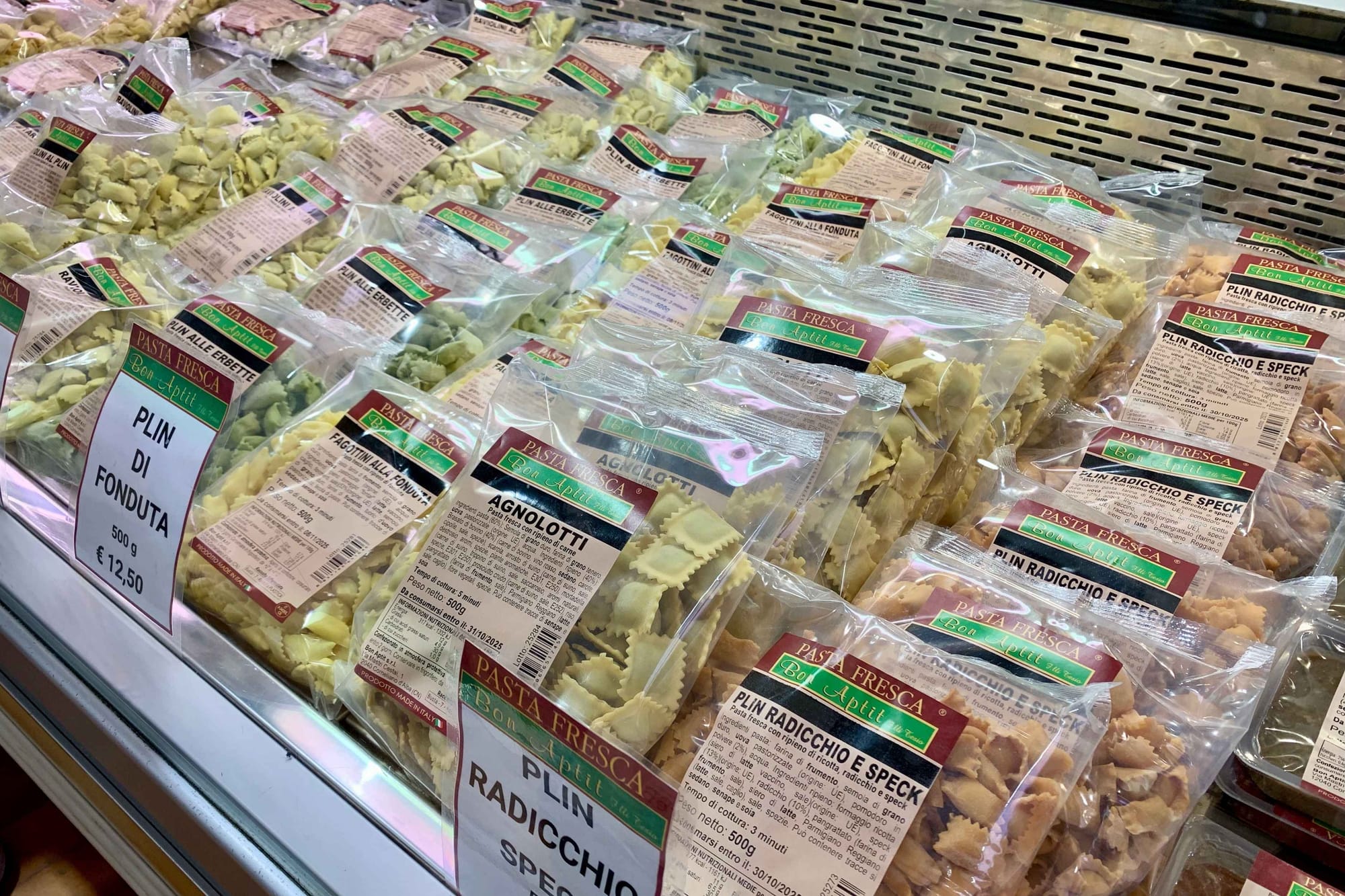
2. Bagna Cauda
Confession: I’ve never tried “real” bagna cauda, which is traditionally made with an entire head of garlic per person—mainly because most of my family are either allergic or just find it too heavy to digest.
(Yes, I know—Italians allergic to garlic…)
Traditionally made with anchovies, olive oil, and garlic, it was originally cooked in a large communal pot called a fojot and kept warm over candles for dipping vegetables.
To make it easier to digest, we make a lighter version at home using leeks instead of garlic, where we dip vegetables such as roasted peppers, boiled potatoes, fennel, and surprisingly, milk thistle (this was a new one for me!).
Where to Eat Bagna Cauda in Piedmont:
This iconic winter dish is best enjoyed during the colder months. If you’re visiting in late November, don’t miss Bagna Cauda Day, a festival centred in Asti but celebrated in restaurants all over Piedmont.
If you’re visiting during truffle season, you may be served an egg topped with truffle in your fojot at the end of the meal.
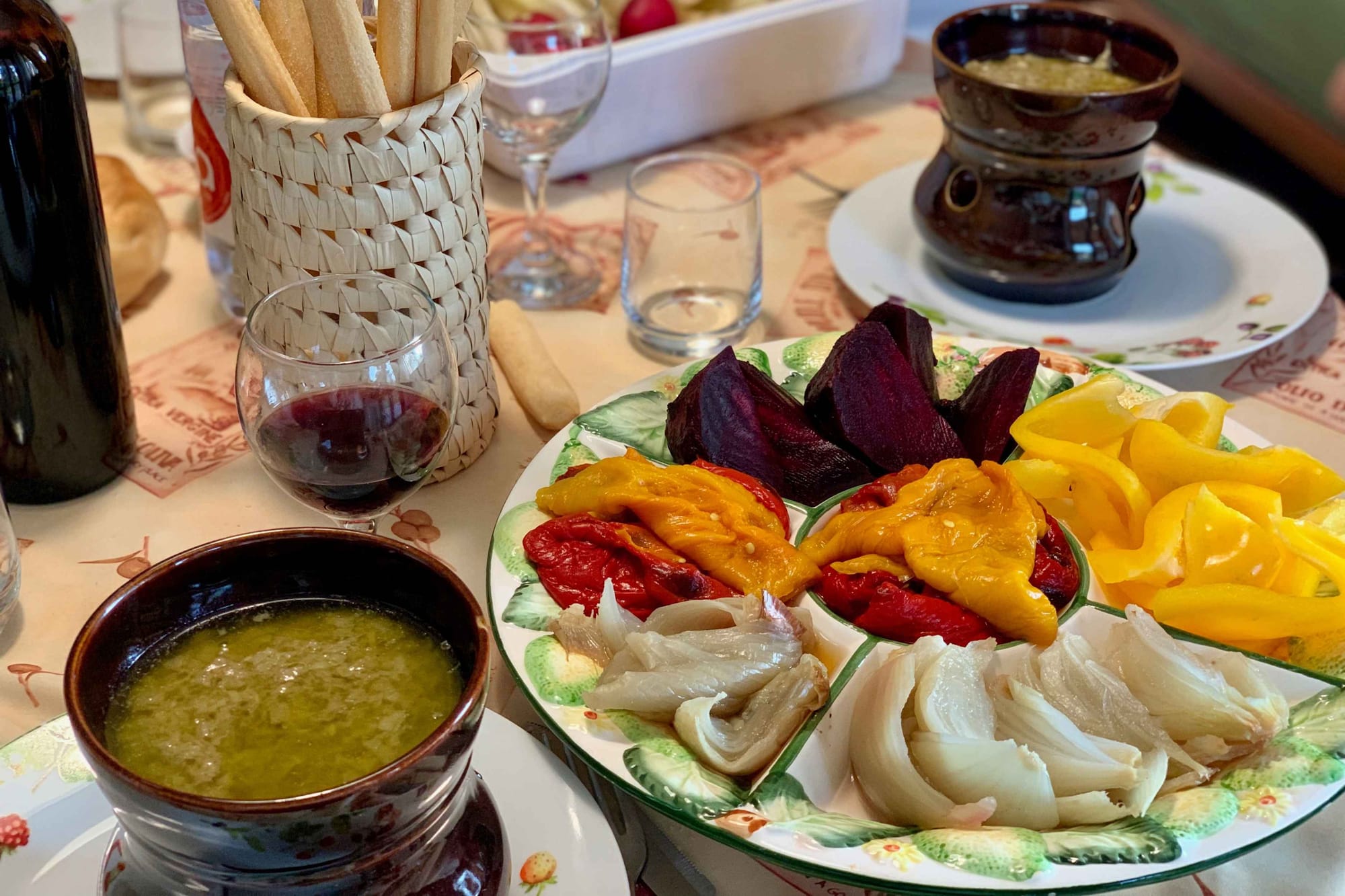
3. Carpione
Carpione began as a way to preserve fish from Piedmont’s lakes, marinating it in vinegar, wine, and herbs after frying. Over time, the method expanded to include meat and vegetables, and today every family has its own twist.
In our household, carpione usually features courgettes, aubergines, fried eggs, and thin beef steaks—but you’ll find countless variations across the region. Served cold, it’s a refreshing summer dish perfect for when it’s too hot to cook.
Where to Eat Carpione in Piedmont:
Most traditional trattorie add carpione to their menus between late spring and early autumn. Try a few different versions during your trip to see which one wins you over.
4. Gnocchi with Pesto
Soft, pillowy potato gnocchi are a joy in any form, but they’re especially delicious with fresh pesto.
Although pesto originates from neighbouring Liguria, Piedmontese families have adopted it wholeheartedly—especially in the hilly southern part of the region where my partner's mother is from.
In our kitchen, gnocchi-making is a team effort: Max remembers helping his aunts roll them as a child, while I make pesto from his mother’s recipe—with one tweak.
I swap the pine nuts for almonds, which to my surprise earned her stamp of approval—making me feel like I’d truly earned my place in her Alta Langa kitchen.
Where to Eat Gnocchi in Piedmont:
In the province of Cuneo, gnocchi are often served with creamy castelmagno cheese sauce or with stracchino in the mountain villages. Restaurants across southern Piedmont usually feature gnocchi on Sunday menus, so you won’t struggle to find them.
5. Toma Cheese
Toma—whose name means “made by the farmer”—originated in the alpine valleys of northern Piedmont and Val d’Aosta.
It’s typically made from cow’s milk, but in the southern Langhe hills you’ll find sheep’s milk versions like toma di Pecora di Murazzano, and even goat’s milk varieties.
It may not be Piedmont’s most prestigious cheese (Castelmagno, Gorgonzola, and Robiola di Roccaverano often steal the spotlight), but for me, toma embodies the rustic, down-to-earth side of Piedmontese cuisine.
Enjoy it sliced with bread and wine, or melted into polenta on a cold evening.
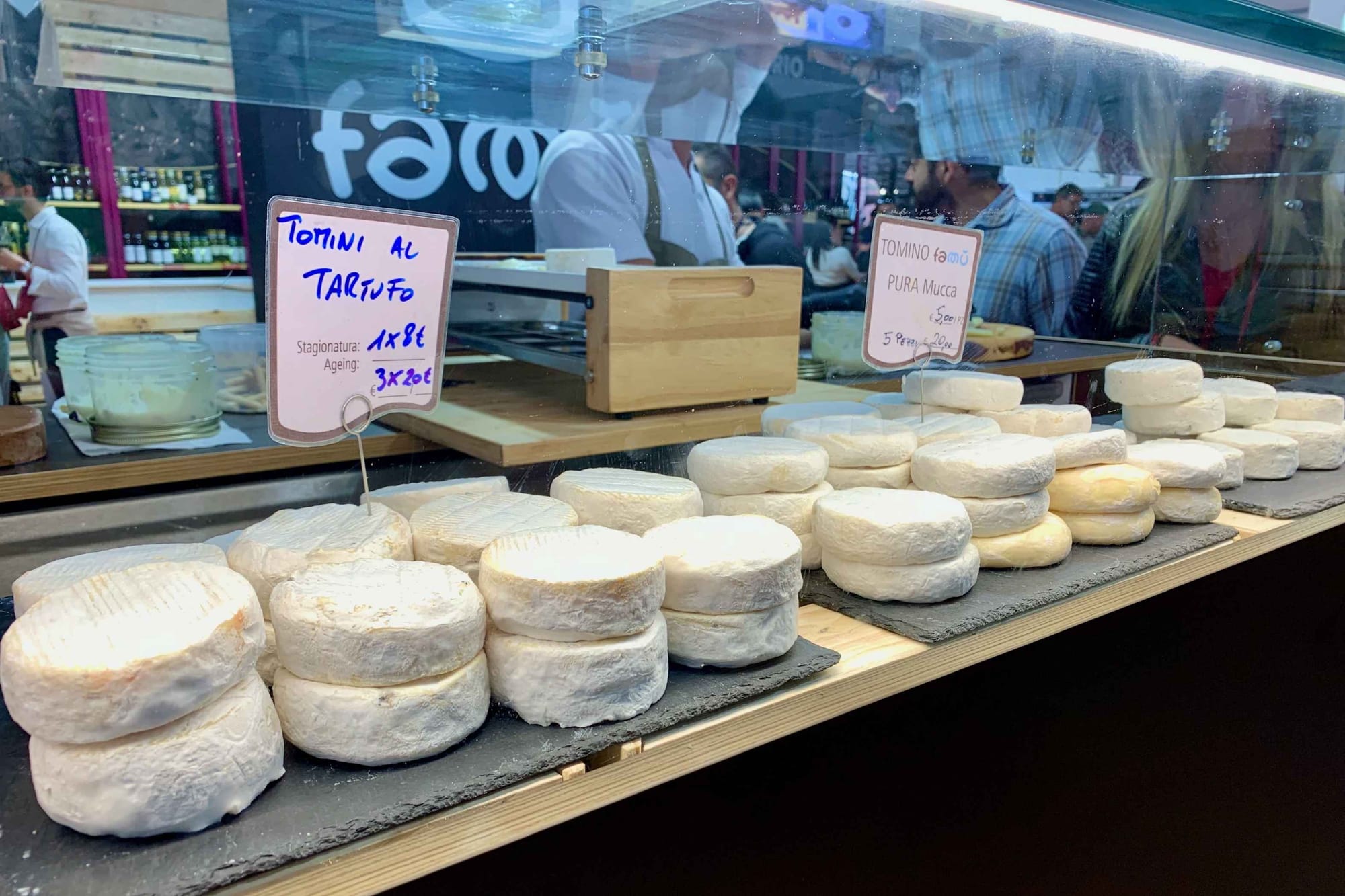
Where to Eat Toma Cheese in Piedmont:
Literally everywhere—you’ll find variants of toma all over the region. Head north for cow’s milk, south for sheep’s, and look out for small alpine dairies selling farmhouse wheels.
6. Carne Cruda all'Albese
As a former vegetarian, I only tried this for the first time recently—and it was delicious. Piedmont is famous for its beef, and in this dish, tender, thinly sliced veal is served raw and topped with olive oil, parmesan shavings, arugula (rocket)—and sometimes white truffle.
It's light, refreshing, and makes the perfect starter—accompanied by a nice glass of Barbera or even a white like Favorita or Arneis.
Where to Eat Carne Cruda all'Albese
As the name suggests, carne cruda all'Albese originates in the city of Alba, and most local restaurants serve their take on this classic dish—try a few and see which one's your favourite.
Discover Traditional Piedmontese Cuisine
These five dishes are just a taste of what Piedmont has to offer. Whether you’re planning a trip or simply curious about the region’s food culture, there’s plenty more to explore.
Looking for inspiration for your trip? Check out this Piedmont travel guide and discover why food and wine are at the heart of this unique region.
Enjoyed this post? Support Secret Piemonte and buy me a caffè ☕



